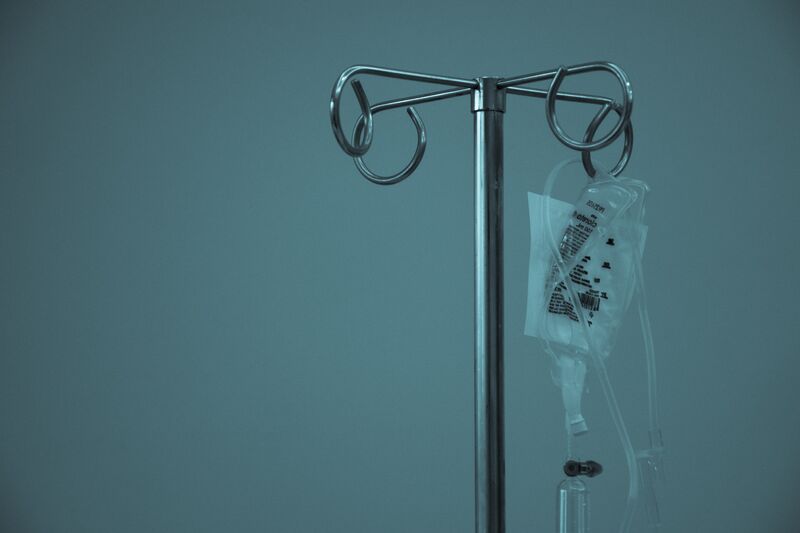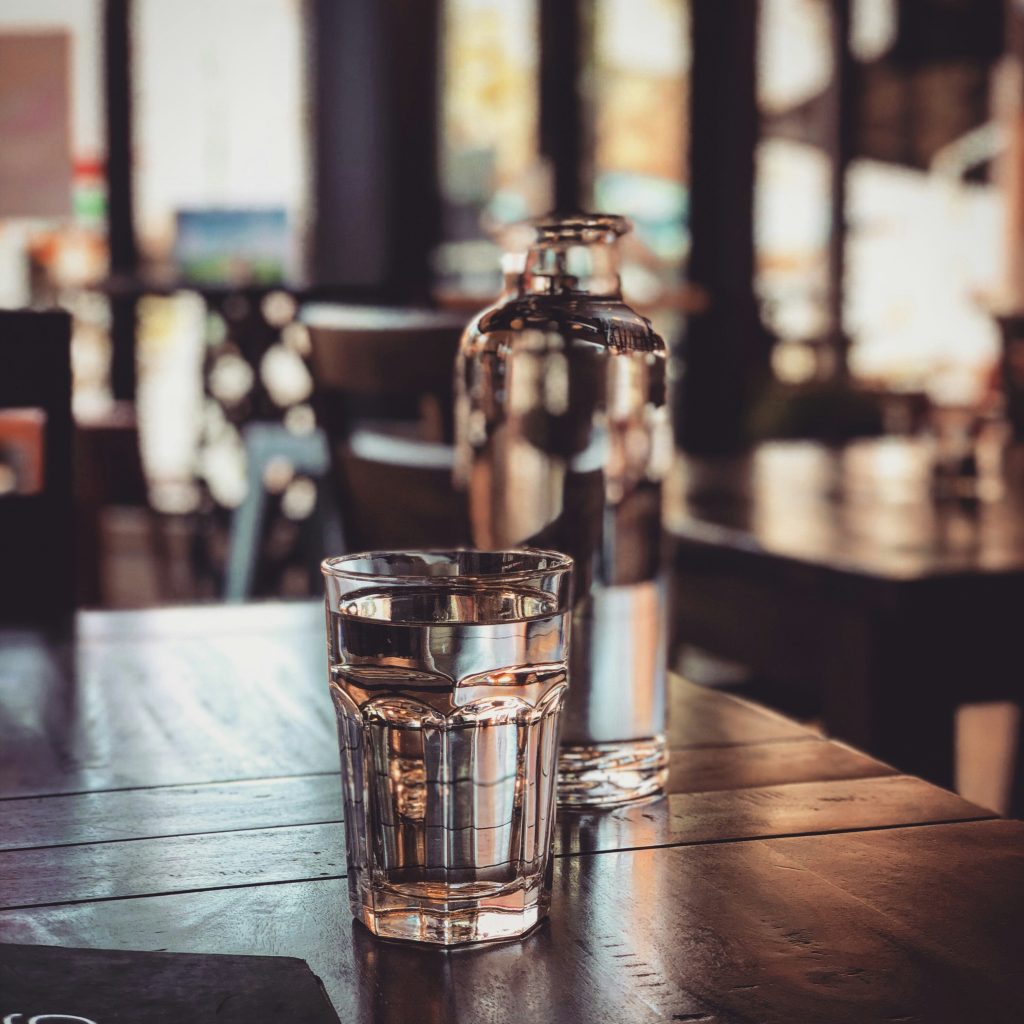Why Medical Debt Should Be Considered Presumptively Non-Consumer Debt

By Leo Yang*
Since the late 2000s, medical bankruptcies have been one of the primary reasons for Americans’ bankruptcy proceedings. A decade later, the root issue causing consumer medical bankruptcies still has not improved. Consumers with primarily medical debt seeking to discharge their debts may suffer the stringent requirements of the Chapter 7 means test and thus may be ineligible for the benefits of the more debtor-friendly Chapter 7 discharge.
A typical consumer debtor can choose between three different types of bankruptcy proceedings: Chapter 7, Chapter 11, and Chapter 13. Individuals typically file under Chapter 7 or 13,[1] as Chapter 11 is by far the most expensive, risky, time-consuming, and complex option.[2]
Chapter 7 is often the best choice for an individual debtor, especially if the debtor does not have significant equity in their residence or other assets, as Chapter 7 is less expensive and faster than Chapter 13.[3] Generally speaking, Chapter 13 debtors are more affluent than Chapter 7 debtors.[4] Therefore, financially disadvantaged individuals are more likely to file under Chapter 7. However, to be eligible for Chapter 7 relief, the debtor has to satisfy the means test.
The means test is one of the most complex requirements for filing a Chapter 7 case,[5] and it was designed to help objectively determine which consumer debtors have the means to repay creditors at least a portion of their claims and should do so under Chapter 13.[6] The first step in the means test is to calculate the debtor’s current monthly income (“CMI”).[7] Once the CMI is calculated, it is annualized and compared to the appropriate median family income in the debtor’s respective State.[8] If a debtor’s annualized CMI is higher than the median family income in the State, the debtor’s disposable income then must be calculated.[9] If there is sufficient disposable income to pay off a portion of the debts after deducting certain expenses, the debtor fails the means test and is ineligible to file a Chapter 7 and the case must be either dismissed or converted to a Chapter 11 or 13.[10]
Due to the more discharge-friendly nature of a Chapter 7 proceeding, Chapter 7 imposes more requirements on individuals that hold primarily consumer debts.[11] Under Chapter 7, a consumer debt is a debt incurred by an individual primarily for personal, family or household purposes.[12][13] Any debt not considered a consumer debt is considered a non-consumer debt.[14] The distinction between consumer and non-consumer debt is relevant for the means test or if a random audit is requested.[15]
To summarize, if an individual’s debt is categorized as primarily consumer debt, the individual would need to face the Chapter 7 means test and therefore the possibility of dismissal or conversion to another chapter of the bankruptcy code. If the individual’s debt is categorized as primarily non-consumer debt, the individual does not need to face the means test and can secure a discharge in the more favorable Chapter 7.
The means test was introduced as a result of the Bankruptcy Abuse Prevention and Consumer Protection Act (“BAPCPA”). BAPCPA’s main purpose is to disqualify many families from abusing the more generous provisions of Chapter 7 and force such individuals into Chapter 13.[16] The means test serves as a way to determine whether an individual is an honest debtor or more likely to be abusing the system. BAPCPA, however, arguably did not address the root of the consumer bankruptcy problem.[17]
Without guidance from the District or Circuit Courts, the current bankruptcy courts are split as to whether medical debts should be considered consumer or non- consumer debts. If medical debts are considered consumer debts, individuals with high amounts of medical debt will likely be subject to the means test and may face a dismissal or conversion of their case. The Chapter 7 means test only applies to consumers with debt categorized as primarily consumer debt. Therefore, if medical debts do not count as consumer debt, it is still possible for the means test to apply to a consumer if their other debts are consumer debt (such as credit card debt). However, if a consumer has primarily medical debt, and medical debt does not count as consumer debt, then that particular consumer would not need to pass the means test to enter a Chapter 7 bankruptcy proceeding.
The court in In re Martinez determined that medical debts, similar to other forms of consumer debts, are used for a personal purpose and therefore satisfy the provision of 11 U.S.C. § 101(8).[18]
The court in In re Sijan rejected In re Martinez’s analysis that all debts incurred for a personal purpose are per se consumer debts.[19] While § 101(8) does not mention volition as a requirement, the District Court found that volition is an essential element of § 101(8).[20] The court in In re Sijan correctly noted that under the readings of the District Court, an individual must have voluntarily intended to incur the debt for a personal, family, or household purpose for the debt to be considered consumer debt.[21] The court in In re Sijan then went on to say that not all medical debts are voluntary, such as bills for surgery,[22] and compared such involuntary medical bills to tax liens and civil judgment liens.[23]
In a fitting manner, the court in In re Zgonina rejected In re Sijan’s reasoning. The Zgonina court was not persuaded by the Sijan court’s reasoning that certain medical services are involuntary.[24] The court in In re Zgonina distinguished medical expenses from tax liens because tax liens are levied for a public purpose, whereas medical expenses are not.[25] The court then echoed the sentiments of In re Martinez, stating that medical treatment provides a direct benefit to a debtor.[26] It should be noted that the exact type of medical debt in In re Zgonina is not specified, but the debtor argued that the debt was not voluntarily incurred.[27]
Despite the Bankruptcy Court split and sparse case law, I believe the general reasoning in In re Sijan for considering medical expenses as non-consumer debt stands: that “involuntary” medical expenses should not be considered consumer debt. But the question then is how do we determine what is considered a voluntary or involuntary medical expense? The court in In re Sijan seems to imply that the difference is whether the treatment is life-saving. While the court believes that routine doctor visits and cosmetic surgery would be examples of consumer debt, while life-saving medical treatment would be non-consumer debt, the line between what is considered life-saving can be thin. I propose that all medical expenses be presumptively considered non-consumer debt, with the burden on the opposing party to make a showing rejecting such a presumption under a totality-of-the-circumstances test.
The presumption in favor of non-consumer debt is necessary because most medical treatments, even routine ones, taken broadly, can be considered life-saving. The totality-of-the-circumstances test serves as a balancing check for Bankruptcy Courts to rule out debts hidden under the medical guise, such as certain cosmetic surgeries.
While this rule, if enacted, would likely increase the cost for consumer bankruptcies, this increase in cost can be justified by deterring frivolous claims and encouraging only honest medical debtors to file for Chapter 7.
* J.D. Candidate, Class of 2024, Sandra Day O’Connor College of Law at Arizona State University.
[1] Chapter 7 Liquidation: Overview, PRACTICAL LAW, https://www.westlaw.com/w-000- 6231?transitionType=Default&contextData=(sc.Default)&VR=3.0&RS=cblt1.0 (last visited Feb. 20, 2023) [hereinafter Chapter 7 WL].
[2] Individual Chapter 11 Bankruptcy: Overview, PRACTICAL LAW, https://www.westlaw com/w-008-8977?transitionType=Default&contextData=(sc.Default)&VR=3.0&RS=cblt1.0 (last visited Feb. 20, 2023).
[3] Comparison: Individual Chapter 7 Versus Chapter 13 Bankruptcy Cases, PRACTICAL LAW, https://www.westlaw.com/w-026- 8811?transitionType=Default&contextData=(sc.Default)&VR=3.0&RS=cblt1.0 (last visited Feb. 20, 2023).
[4] Id.
[5] Chapter 7 WL, supra note 1.
[6] H.R. Rep. No. 109-31, 109 Cong., 1st Sess. 89 (2005).
[7] Chapter 7 WL, supra note 1.
[8] Id.
[9] Id.
[10] Id.
[11] Id.
[12] 11 U.S.C.A. § 101(8).
[13] Chapter 7 WL, supra note 1.
[14] Id.
[15] Id.
[16] Stephen Labaton, Bankruptcy Bill Set for Passage; Victory for Bush, N.Y. TIMES (Mar. 9, 2005), https://www.nytimes.com/2005/03/09/business/bankruptcy-bill-set-for-passage-victory-for- bush.html.
[17] Charles J. Tabb, Consumer Bankruptcy Filings: Trends and Indicators, U. ILL. L. & ECON. 1, 1 (2006).
[18] In re Martinez, 171 B.R. 264, 267 (Bankr. N.D. Ohio 1994).
[19] In re Sijan, 611 B.R. 850, 856 (Bankr. S.D. Ohio 2020).
[20] In re Westberry, 215 F.3d 589, 591 (6th Cir. 2000).
[21] Sijan, supra note 13, at 855.
[22] See id. at 856.
[23] Id.
[24] In re Zgonina, No. 19-90467, 2019 WL 6170776, at 3 (Bankr. C.D. Ill. Nov. 19, 2019.
[25] Id.
[26] Id.
[27] Id. at 1.


